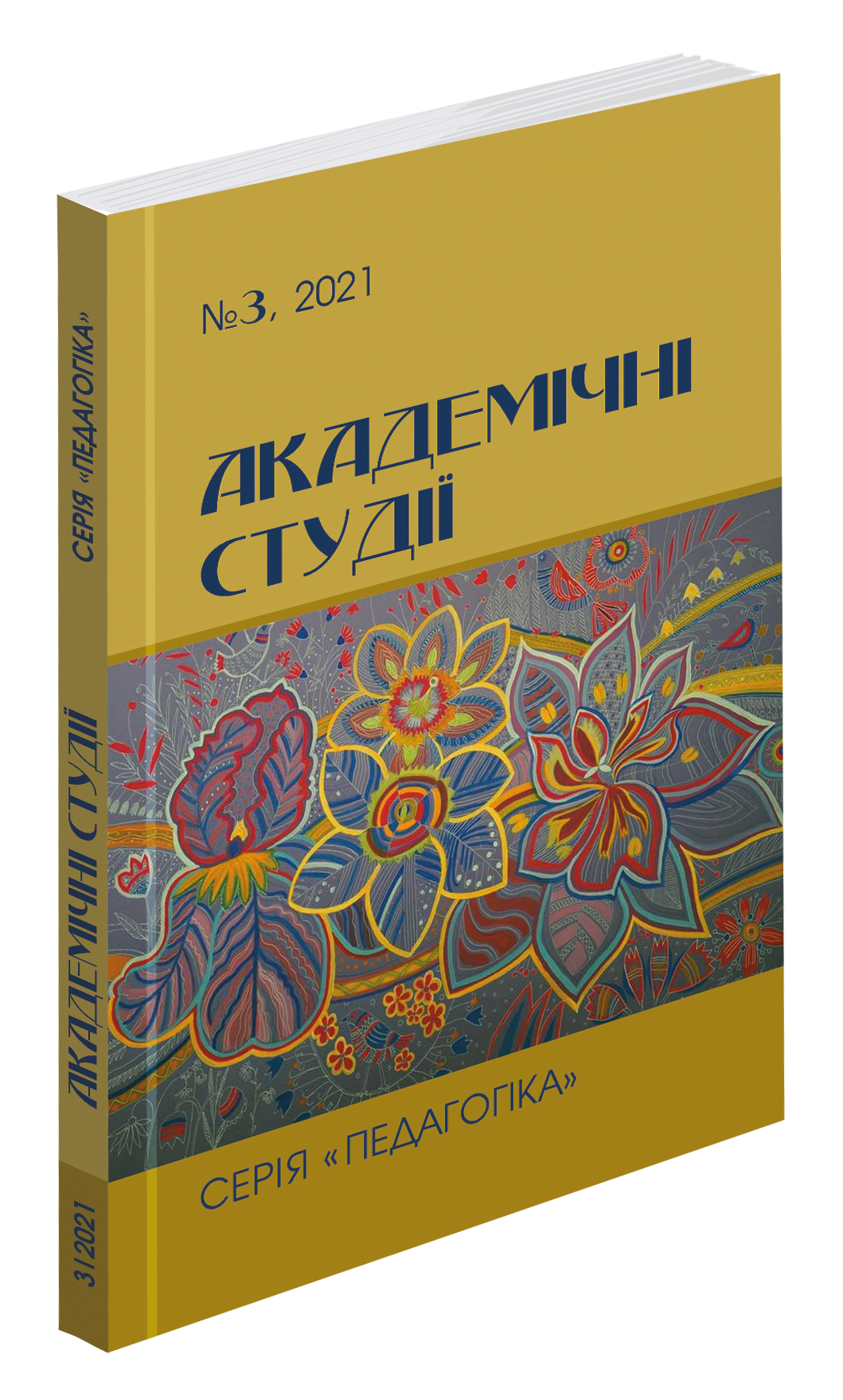Abstract
The article is devoted to the problem of teaching students the elements of combinatorics in primary grades. The purpose of the article is to identify and substantiate the methods of solving combinatorial problems in the elementary course of mathematics. Based on the analysis of the curriculum (curriculum) and textbooks on mathematics, various approaches to the introduction of the content line "Statistics and Probability" into the practice of elementary school are considered. The solution of combinatorial problems by students in primary grades contributes to their acquisition of certain mathematical skills and knowledge, and also prepares them for work on problems with elements of statistics and probability theory. The article describes the characteristics of combinatorial problems and discusses various methods for their solution. It was revealed that, when solving them in primary school, two methods are mainly used: the selection of sets and their ordering. The solution of problems on the choice of subsets from a given set of objects, the calculation of the selected subsets and their ordering can be carried out in the study of many topics of the initial course of mathematics. The article provides examples of solutions to combinatorial problems by enumerating and compiling tables. The importance of solving geometric problems of a combinatorial nature in the elementary grades is also shown. It was revealed that solving combinatorial problems by the method of enumeration develops the mental activity of students, and also contributes to the formation of combining skills, which determine the development of combinatorial thinking. The revealed methods of teaching the solution of combinatorial problems can be useful in the work of primary school teachers. The inclusion of problems with elements of combinatorics in the elementary course of mathematics has a positive effect on the development of logical thinking in junior schoolchildren, and also plays an important role in preparing for the study of basic combinatorial concepts and formulas in high school.
References
Учебная программа (курикулум) по математике для общеобразовательных школ Азербайджанской Республики. Баку, 2013. 138 с.
Дисциплинарные курикулумы для I–IV классов общеобразовательных школ. Баку, 2013. 480 с.
Белокурова Е. Е. Методика обучения младших школьников проведению комбинаторных рассуждений при решении задач : автореф. дис. … канд. пед. наук : 13.00.02. Санкт-Петербург, 1993.
Царева С. Е. Вероятностно-статистическая пропедевтика в математическом образовании младших школьников. Начальная школа. 2010. № 4. С. 29–35.
Власова И. Н. Комбинаторно-вероятностные задачи в начальном обучении математике. Начальная школа. 2012. № 1. С. 74–79.
Теплов Б. М. Практическое мышление. Хрестоматия по общей психологии. Психология мышления. Москва : МГУ, 1981.
Кондрашов А. М., Пунтус Д. А. Математика. Элементы комбинаторики : учебное пособие. Красноярск, 2015. 68 с.
Александрова Н. Г. Методика работы над нестандартными задачами в начальной школе. URL: https://multiurok.ru/files (дата обращения: 24.11.2018)
Воробьёва Г. В. Пропедевтика изучения элементов стохастики на уроках математики в начальных классах. Педагогическое образование в России. 2015. № 4. С. 70–76.
Виноградова Е. П. Методика обучения младших школьников решению комбинаторных задач. URL: https://superinf.ru/view_ (дата обращения: 29.01.2012)
Проценко Е. А., Трофименко Ю. В. Методические аспекты обучения младших школьников комбинаторике. Молодой ученый. 2014. № 8 (67). С. 864–867.
Гахраманова Н. М., Аскерова Д. С. Учебник по математике для II класса. Баку : Радиус, 2018.
Гахраманова Н. М., Аскерова Д. С., Гурбанова Л. Х. Учебник по математике для III класса. Баку : Радиус, 2018.
Гахраманова Н.М., Аскерова Д.С. Учебник по математике для IV класса. Баку : Радиус, 2019.
Попко Е. В. Приемы включения комбинаторных задач в процессе обучения математике в начальной школе URL: https://urok.1sept.ru/articles/595499 (дата обращения: 17.04.2011)

